The Q Guide to Polar Photography
The areas between the Antarctic and Arctic circles are truly the last frontier for an adventure of a lifetime!
Majestic landscapes, sensational wildlife, and the Northern Lights are a few of those many mesmerizing sceneries that the poles have in store for you. While the human memory is second to none, images tend to blur out over time. Hence to rescue – the camera, and bless the technological advancements, the right camera gear can do miracles! You will definitely need to step-up your photography skills including your camera and camera gear! Fear not, The Q Experiences has come up with photography guide to capture the pristine whites of the Arctic and the Antarctic.
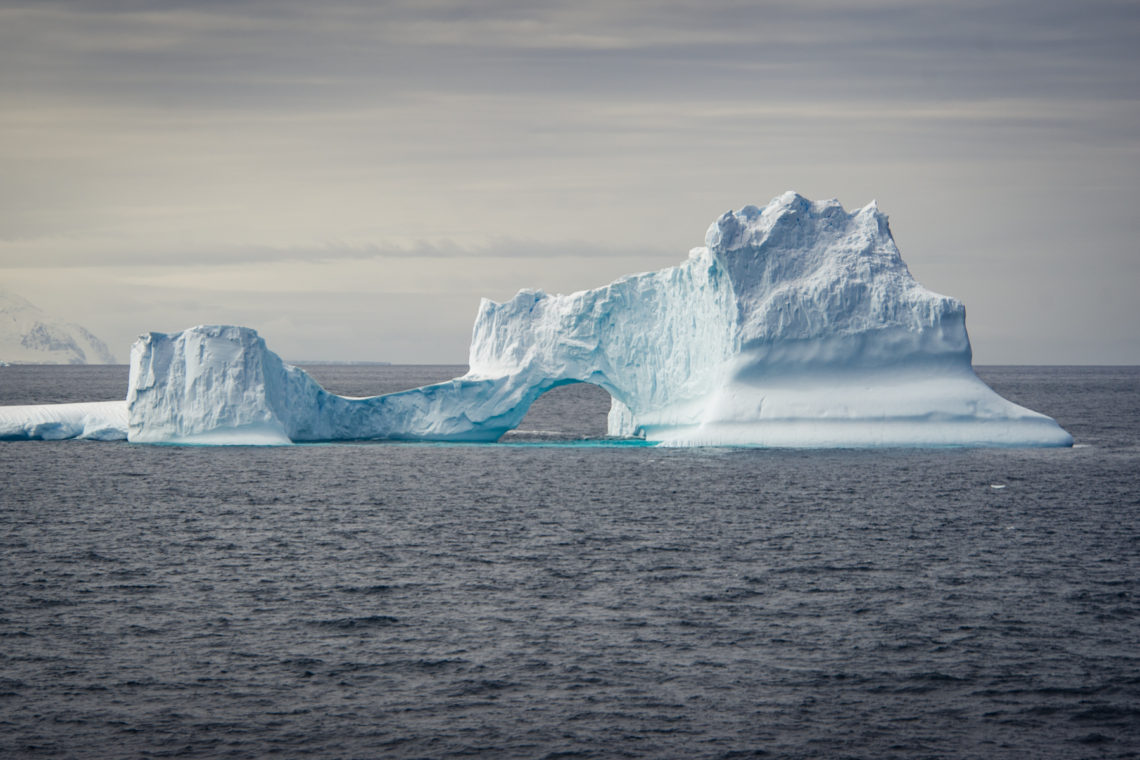
The Top 8 Photography Equipment for the Poles:
1-> 2 DSLR Bodies: Having 2 DSLR bodies will enable you to have one body with wide lens and the other one with a zoom lens. In polar situations, the ideal thing would be to avoid changing lenses as there are high chances of water condensation which would harm your camera. Also, if you want to capture the wildlife there, you need to have two camera bodies with different lenses handy so that you don’t miss out on any moments.
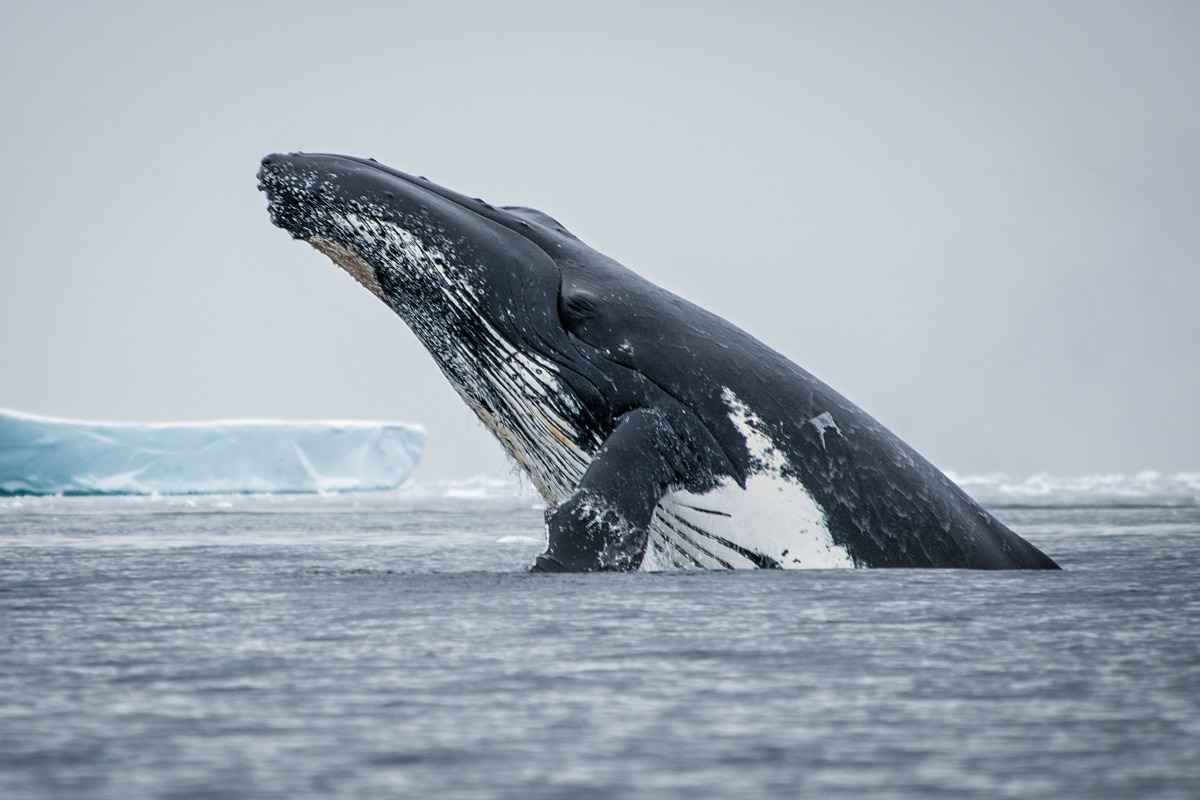
2-> Lenses: Choosing the right lenses for the camera is the hardest and sometimes a pretty personal decision one has to take. As far as the poles are concerned, you should carry the following two types of lenses:
- Wide Angle Lens – The wide angle lenses are fast and sharp which will allow you to perfectly sweep through the beautiful landscapes of the poles. These are the lenses you are looking for if you want to capture the dancing lights of the North Pole!
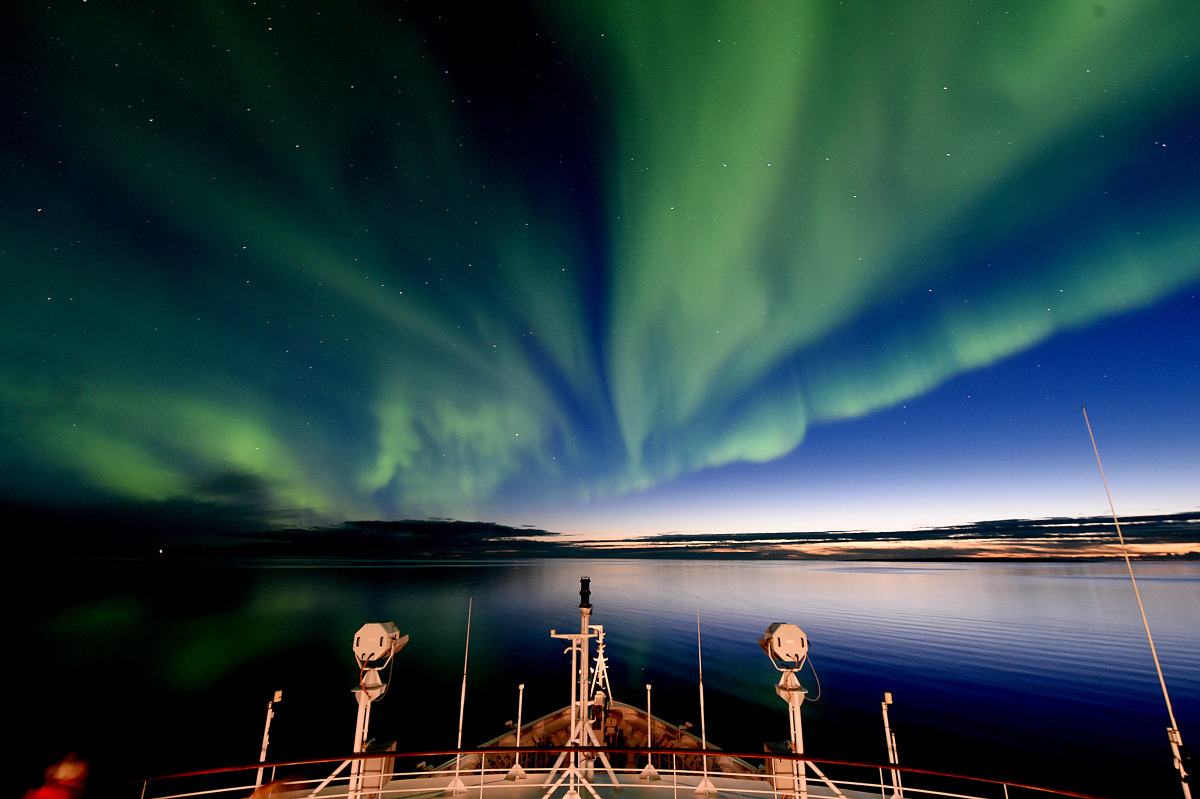
Long Zoom Lens – The sharpness of these lenses and the ability of them to get closer to objects will enable you to capture the wildlife of the poles if you wish to.
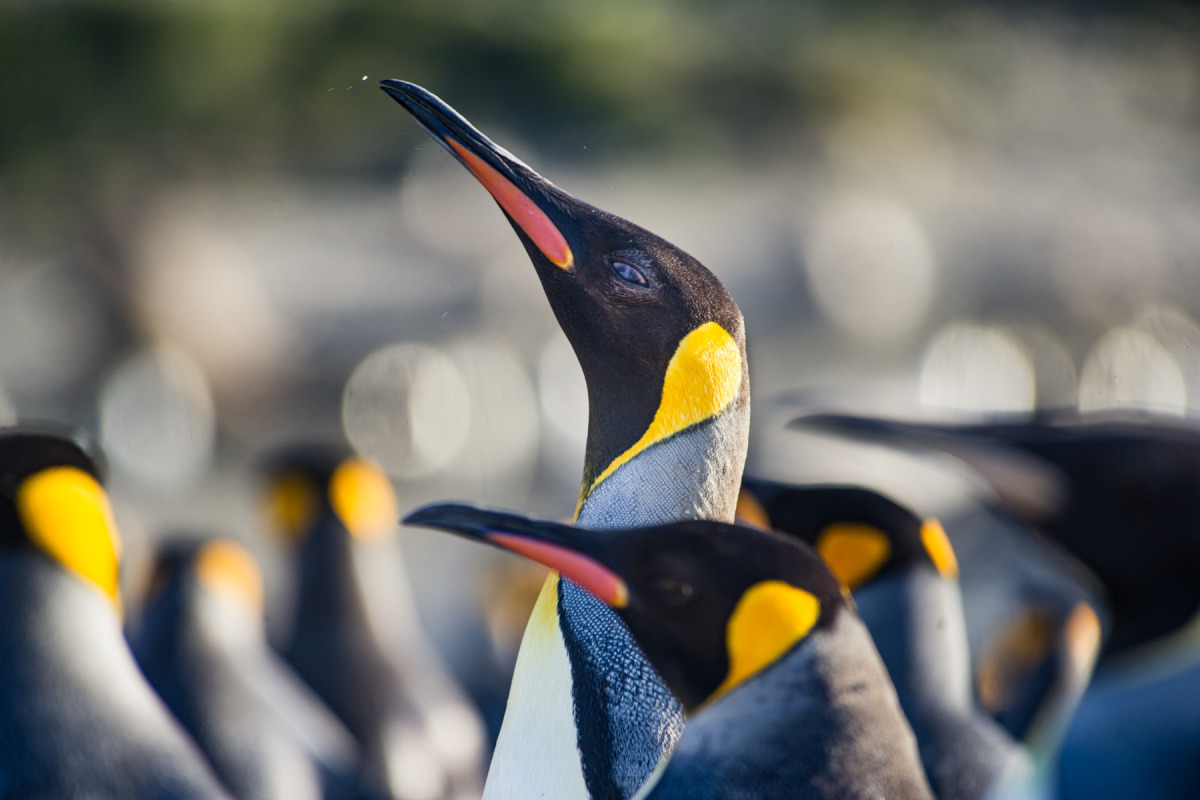
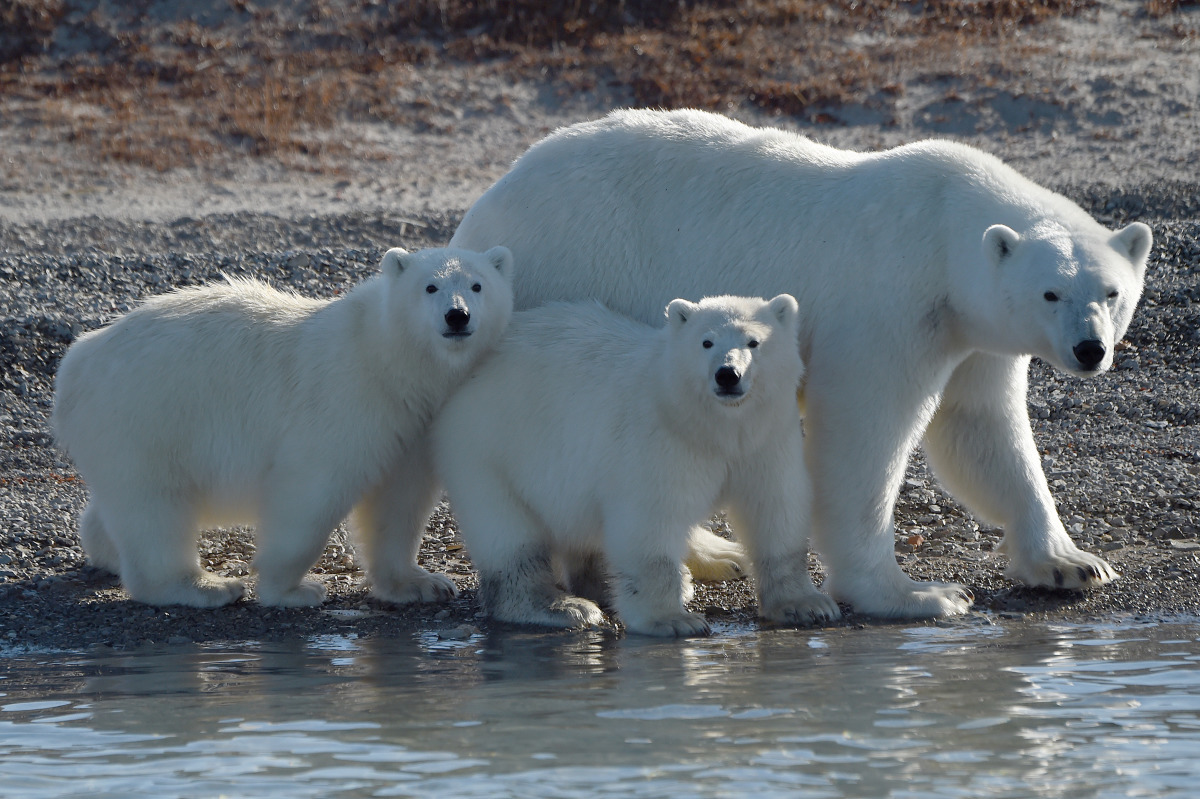
3-> Batteries: Carrying a spare battery is of utmost importance. While shooting outdoor you do not want to lose out on any moment just because your battery gave up. To avoid such situations it is best to back your camera up with spare batteries (at least one). Make sure to keep the battery not in use close to your body to avoid any kind of water condensation.
4-> Filters: Polarizing Filters are the best suited when you want to capture the reflections on the water and want to add some colour saturation to your image. However, remember to take all your filters off your lenses (including the UV filter) when you are about to capture the Aurora Borealis / Northern Lights. You should always remember to put on the filter outside the ship to avoid condensation between the filter and the lenses.
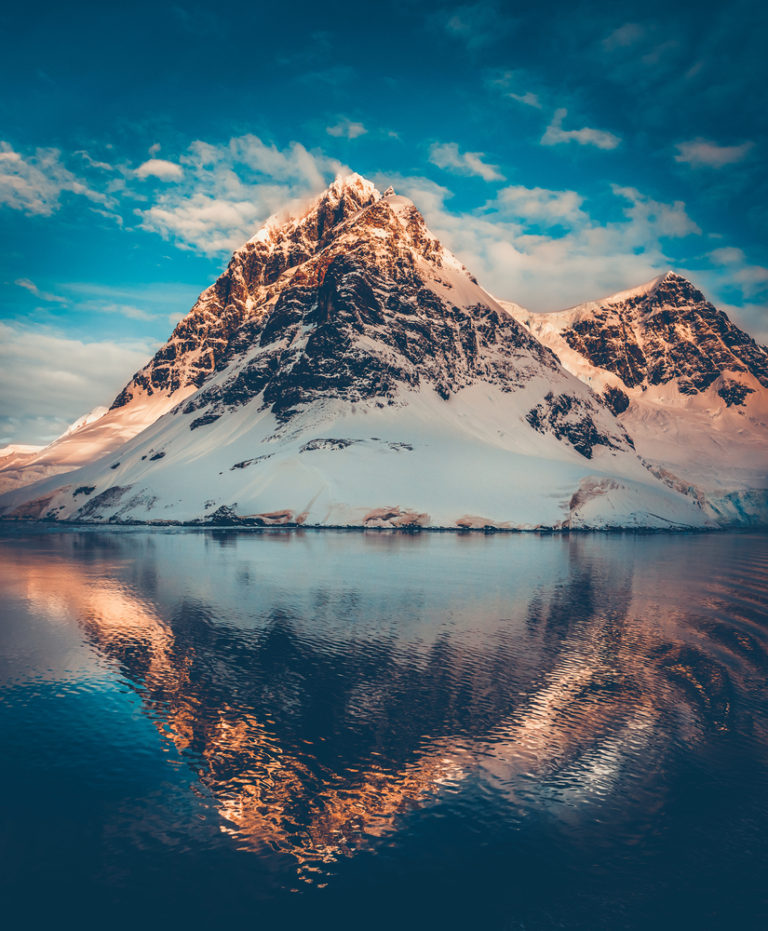
5-> Monopods and Tripods: These are of great use when it comes to shooting videos. Instead of carrying Tripods which are heavier, Monopods are lighter, more versatile and gives extra stability. They serve as your best partners for capturing the best moments of your trip. However, you will need a tripod in order to get best shots of the northern lights.
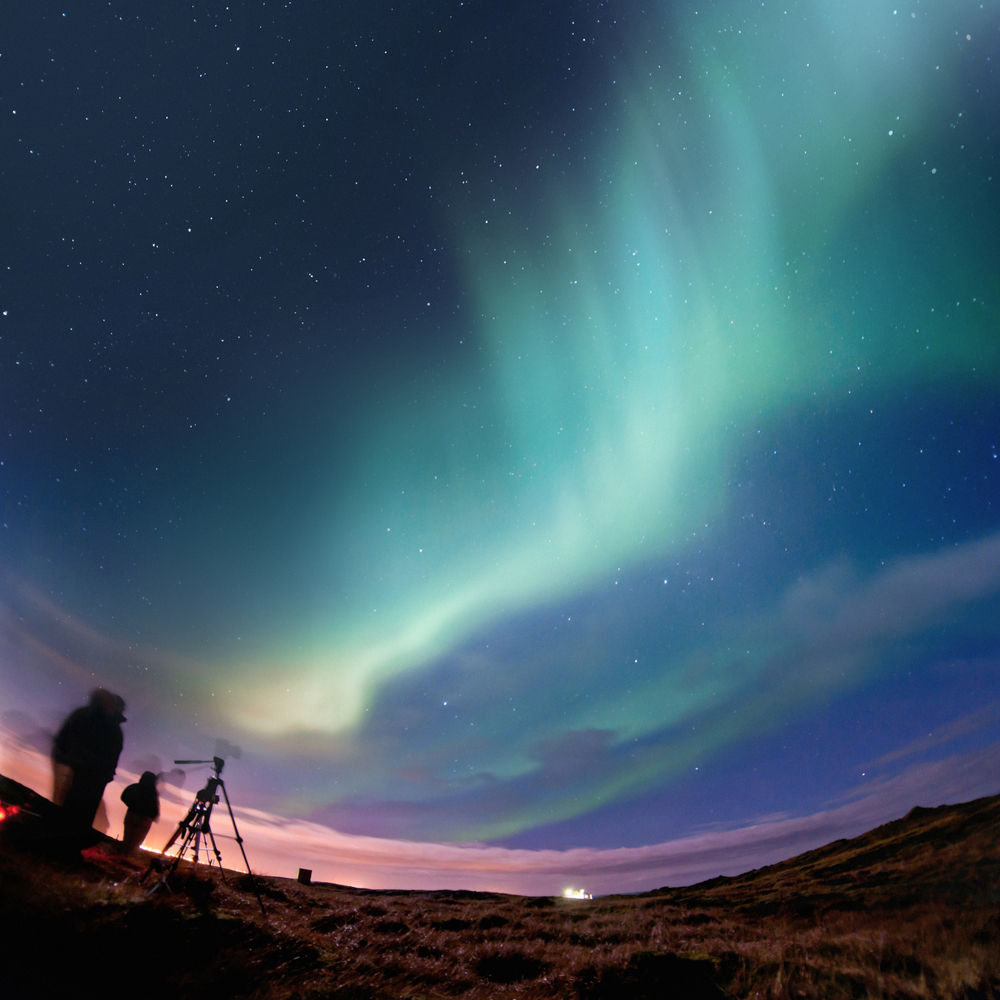
6-> Camera Bag: In order to carry all the equipment and to keep all of them safe, you will need a Camera Bag which will accommodate all your camera gears.
7-> Zip top bag: Zip top bags serve as saviours for the cameras when it comes to condensation. There are big sized Zip top bags which accommodate the whole camera bag. Using them while getting out of the ship and coming back will save your camera from giving up on you due to condensation.
8-> Laptop and Memory Cards: Your camera will be flooded with a lot of images as well as videos while you explore the poles. To avoid losing all of them, you will need to transfer the images from your memory cards to your Laptop constantly.
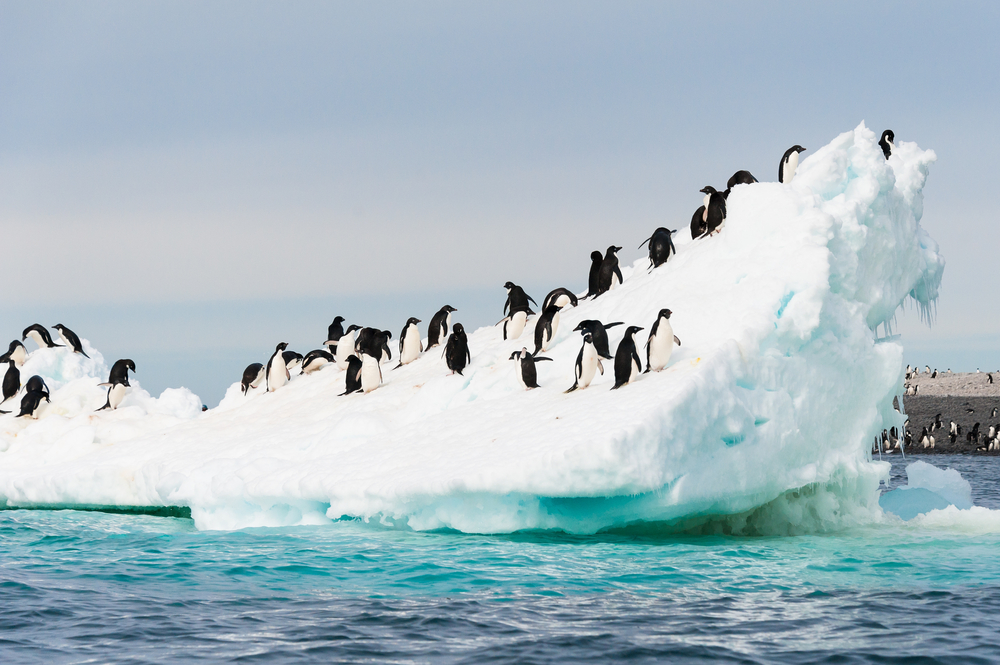
While you pack your bags for heading to the Poles, make sure you make space for these camera gears as they will be your constant partner while you go around exploring! Happy Capturing!
